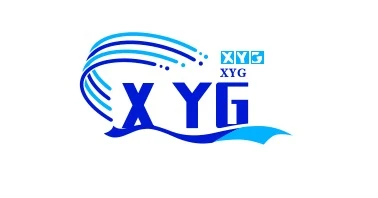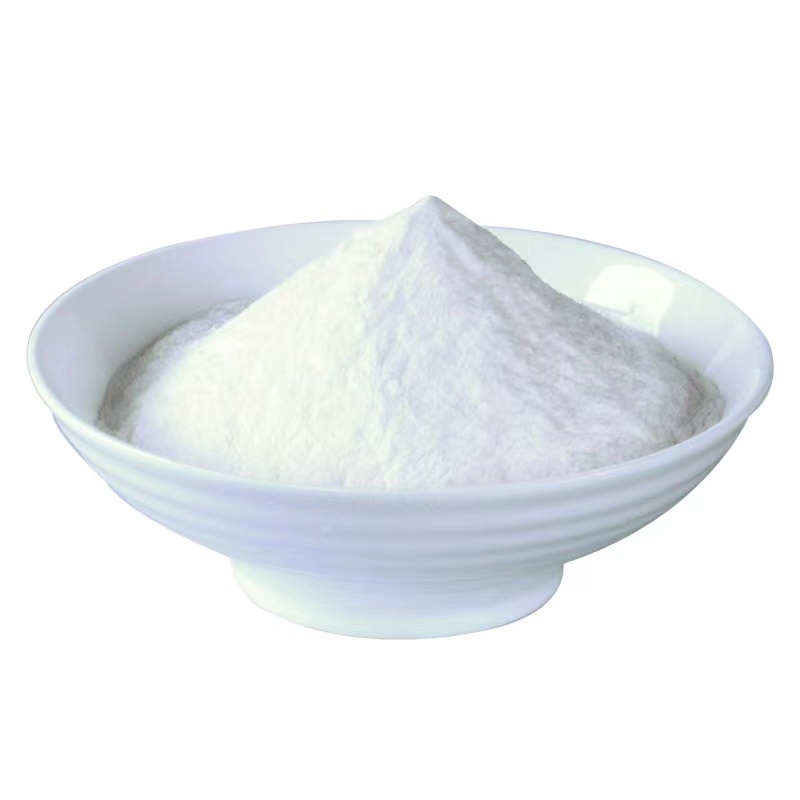
News
Mar . 14, 2024 10:43 Back to list
What can be done to prevent steroid misuse
Research suggests that high school athletes are less likely to use steroids if their peers and parents disapprove, indicating that peers and parents can be strong partners in prevention efforts.127
However, research shows that simply teaching students about steroids' adverse effects does not convince adolescents that they will be adversely affected, nor does such instruction discourage young people from taking steroids in the future. Presenting both the risks and benefits of anabolic steroid use is more effective in convincing adolescents about steroids' negative effects, apparently because the students find a balanced approach more credible.128
Research also indicates that some adolescents misuse steroids as part of a pattern of high-risk behaviors such as drinking and driving, carrying a gun, driving a motorcycle without a helmet, and using other illicit drugs. This suggests that a prevention program should focus on comprehensive high-risk behavior screening and counseling among teens who use anabolic steroids.129
NIDA-Funded Prevention Research Helps Reduce Steroid Misuse
A more sophisticated approach has shown promise for preventing steroid misuse among players on high school sports teams. The Adolescents Training and Learning to Avoid Steroids (ATLAS) program is showing high school football players that they do not need steroids to build powerful muscles and improve athletic performance. By educating student athletes about the harmful effects of anabolic steroids and providing nutrition and weight-training alternatives to steroid use, the ATLAS program has increased football players' healthy behaviors and reduced their intentions to misuse steroids. In the program, coaches and team leaders teach the harmful effects of anabolic steroids and other illicit drugs on immediate sports performance and discuss how to refuse offers of drugs.130
Studies show that one year after completion of the program, compared with a control group, ATLAS-trained football student athletes in 15 high schools had:
- less use of anabolic steroids and less intention to misuse them in the future
- less misuse of alcohol, amphetamines, and narcotics
- less misuse of "athletic enhancing" supplements
- less likelihood of engaging in hazardous behaviors such as drinking and driving
- better knowledge about anabolic steroid, alcohol, and marijuana effects; better knowledge of alternatives to steroid misuse; greater confidence in athletic abilities; and improved nutritional behaviors 130
The Athletes Targeting Healthy Exercise and Nutrition Alternatives (ATHENA) program was patterned after the ATLAS program, but designed for adolescent girls on sports teams. Early testing of girls enrolled in the ATHENA program showed significant decreases compared to controls in risky behaviors such as riding with an intoxicated driver or engaging in sexual activity with new partners. ATHENA participants were also less likely to use diet pills, amphetamines, anabolic steroids, and muscle-building supplements during the sports season. Although the program had no immediate effect on tobacco, alcohol, or marijuana use,131 ATHENA-trained athletes reported less lifetime use of these substances when surveyed one to three years following high school graduation. Diet pill and steroid use declined by this one to three year follow-up for both ATHENA-trained and control-group athletes, so that these groups no longer differed in their use of these substances.132
-
Using tadalafil to promote hair growth and combat hair loss effectively.
NewsJul.10,2024
-
Generating a title similar to palmitoyl oligopeptide could be Oligopeptide containing palmitoyl for skincare benefits and rejuvenation.
NewsJul.10,2024
-
Similarity of the compound tra% 100mg/ml in different pharmaceutical formulations
NewsJul.10,2024
-
Negative impacts of tadalafil on health and well-being
NewsJul.10,2024
-
Anastrozole 0.5 mg twice per week for treatment of cancer patients
NewsJul.10,2024
-
Reviewing the effectiveness of kisspeptin in enhancing reproductive health and fertility.
NewsJul.10,2024

